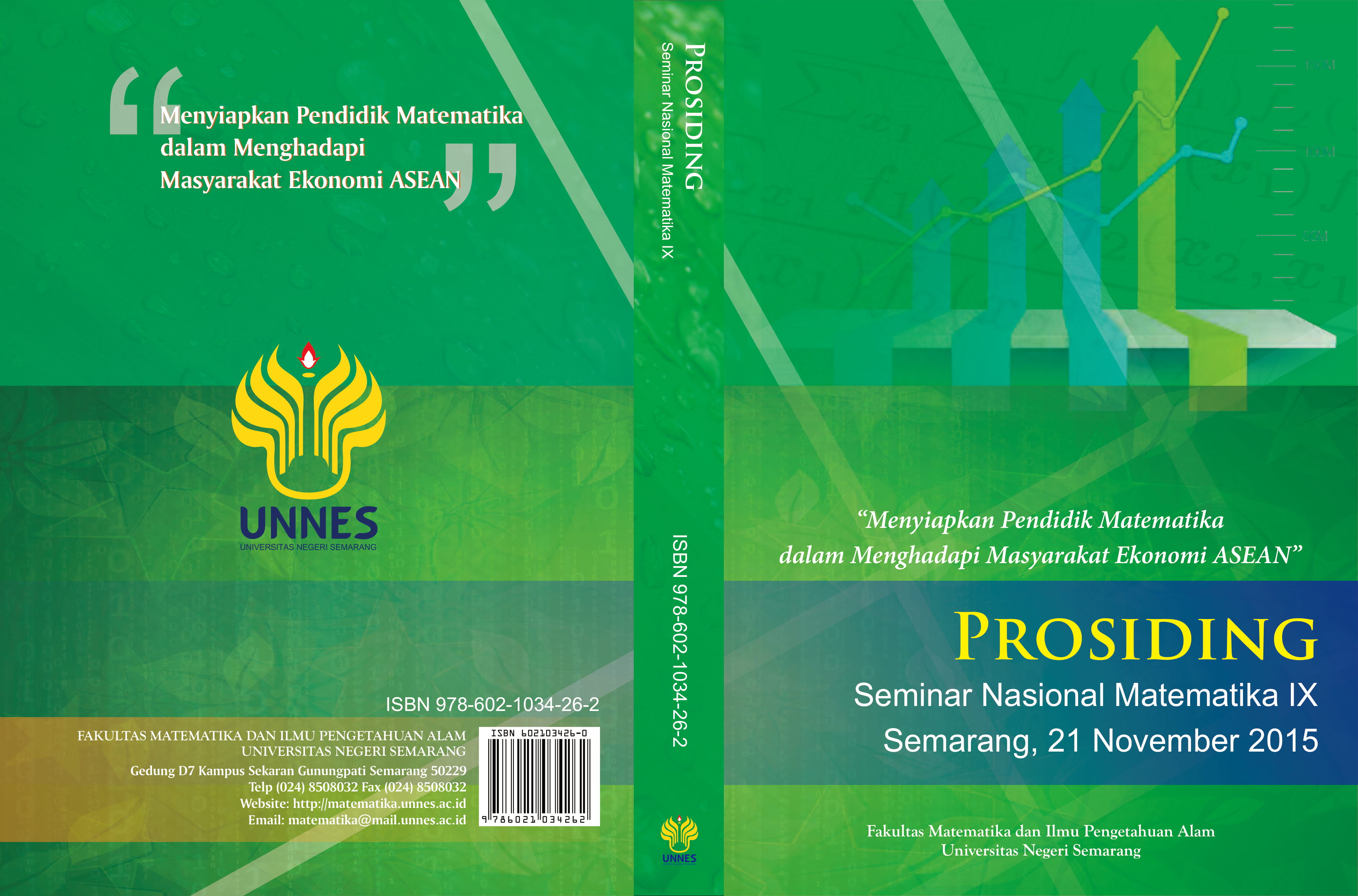Analisis dan Perancangan Sistem Informasi Penjadwalan Laboratorium Menggunakan Algoritma Genetika
Main Article Content
Abstract
Scheduling of lectures, especially in the computer lab in a Higher Education is a complex and often experience difficulties, which led to the allocation of subjects, lecturers, and the room is often clashed with the schedule of courses, faculty, and other rooms in the period of the course schedule. There fore, it needs a system and method of optimization that can be applied to develop a schedule of courses. Scheduling optimization can be done by various methods one genetic algorithm. On Genetic Algorithms, the initial population randomly constructed by performing encoding technique, whereas the next population is the result of the evolution of chromosomes through iteration termed generation. Every generation, the chromosomes are going through the evaluation process that will result in the value of fitness. The next stage of selection, crossover and mutation. If the mutation process is carried out and no clashes then finished condition and the best solution is obtained and produces a new chromosome population.
Article Details
References
[2] Anita Nusantari. 2006. “Analisis and Design Development Library Information System in X Universityâ€, http:// digilib.its.ac.id.
[3] Comprehensive Information Managemnet for Schools G/T (1999). â€Student Scheduling System User’s GU de NCS Publicationâ€, Number 649400204, second edition. National Computer. Inc.
[4] DRPM UI. 2010. “Desain Analisis dan kebutuhan Sistem Informasi Laboratorium (SILAB)â€, http:// repository.ui.ac.id/dokumen/lihat/841.pdf.
[5] Desfalina. 2011. “Analisis dan Perancangan Sistem Informasi Laboratorium Berbasis Web Menggunakan Metode Berorientasi objek di STIE YAIâ€. Tesis Gunadarma.
[6] Eka Permata Sari, dkk. 2009. “Algoritma genetika untuk membantu naïve bayes dalam quick countâ€. http:// eprints.dinus.ac.id/…/1/jurnal_13496.pdf.
[7] Gregorius Satia Budhi, et all. 2009. “Pemanfaatan Compact Genetic Algorithm (Cga) untuk optimasi penjadwalan penggunaan ruang kuliah di Universitas Kristen Petraâ€. Prosiding Seminar Nasional Aplikasi Teknoilogi Informasi (SNATI 2009). www.academia.edu/…/Pemanfaatan_...
[8] Edhy Sutant. 2011. Basis Data dalam Tinjauan Konseptualâ€. C.V Andi. Yogyakarta.
[9] Joko Lianto Buliali et all. 2014. “Algoritma Genetika dan metode Cointraint Satisfaction ITSâ€. Upenpaper.its.ac.id/download.php/?1df= 41.
[10] Johannes Supranto. 1992. “Sampling untuk pemeriksaanâ€. UI. Jakarta.
[11] Joginanto HM. 2005. “Analisis dan Disain Sistem Informasi: pendekatan terstruktur teori dan praktik aplikasi bisnisâ€. Andi. Yogyakarta.
[12] Kendall & KIendall. 2003. “Analisis dan Perancangan Sistem “. Indeks kelompok Gramedia. Jakarta.
[13] Kenneth E. Blick. 1997. “Pengambilan Keputusan Sistem Komputer Laboratorium sebagai Alat Penting Untuk Pencapaian Kualitas Total “. http://www.oumdicine.com/ pathology/general/kenneth e blick.phd.
[14] M.Afie Salimi. 2011. “Sistem Informasi Penjadwalan Sekolah Menengah Umum dengan Metode Algoritma Genetikaâ€. Digilid.stikom.edu/detil.php?id = 8.4.
[15] Pratama Wicaksana B, Nur Irawan. 2011. “Kostumisasi Rancangan Sistem Informasi Manufactur pada Implementasi Powermax (Studi kasus PT Alstom power Energy System Indonesia).
[16] Prastawa, dkk. 2009.†Perancangan Sistem Informasi Akademik Berbasis Komputer (Studi Kasus Progranm Studi Teknik Industri) UNDIPâ€. http://eprints.undip.ac.id/1742/
[17] Ridwan, 2008. “Metode dan Teknik Menyususun Thesisâ€. Alfabeta. Bandung.
[18] Rinaldi Munir. 2011. “Algoritma dan Pemrograman dalam Bahasa Pascal dan Câ€. Informatika. Bandung.
[19] Rio Prayoga Suprayana. 2012. “Rancang Bangun Perangkat Lunak Penjadwalan Kuliah Menggunakan Metode Meta – Heuristikâ€. Eprint.upnjatim.ac.id/2738/1/file 1.pdf.
[20] Sri Kusuma Dewi. 2003. “Artificial Intelligence “. Graha Ilmu. Yogyakarta.
[21] T.Sutojo, dkk. 2011, “Kecerdasan Buatanâ€. Andi. Yogyakarta.
[22] Tata Sutabri. 2012, “Analisis Sistem Informasi “, Andi, Yogyakarta.
[23] Thomas M Connololy, Carolyn E Begg. 2010. “Database Systems “. Jilid A, Fifth Edition. Pearson Education International.
